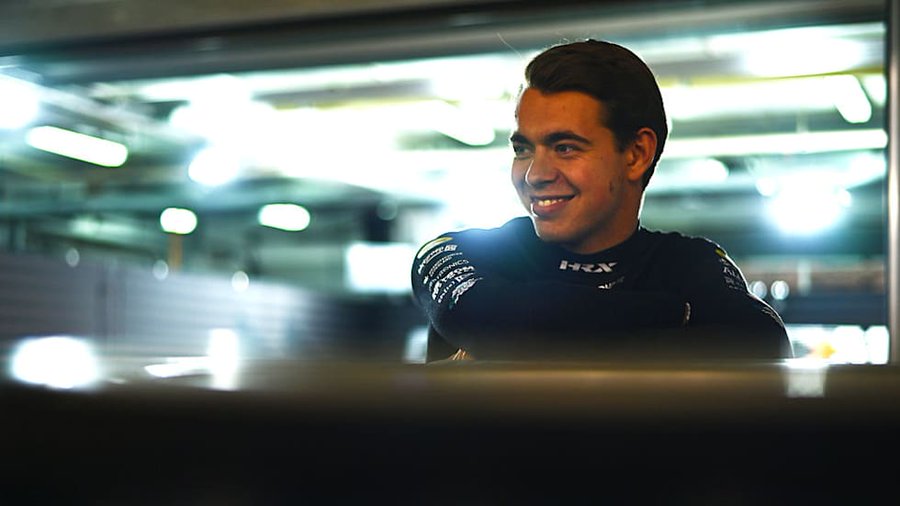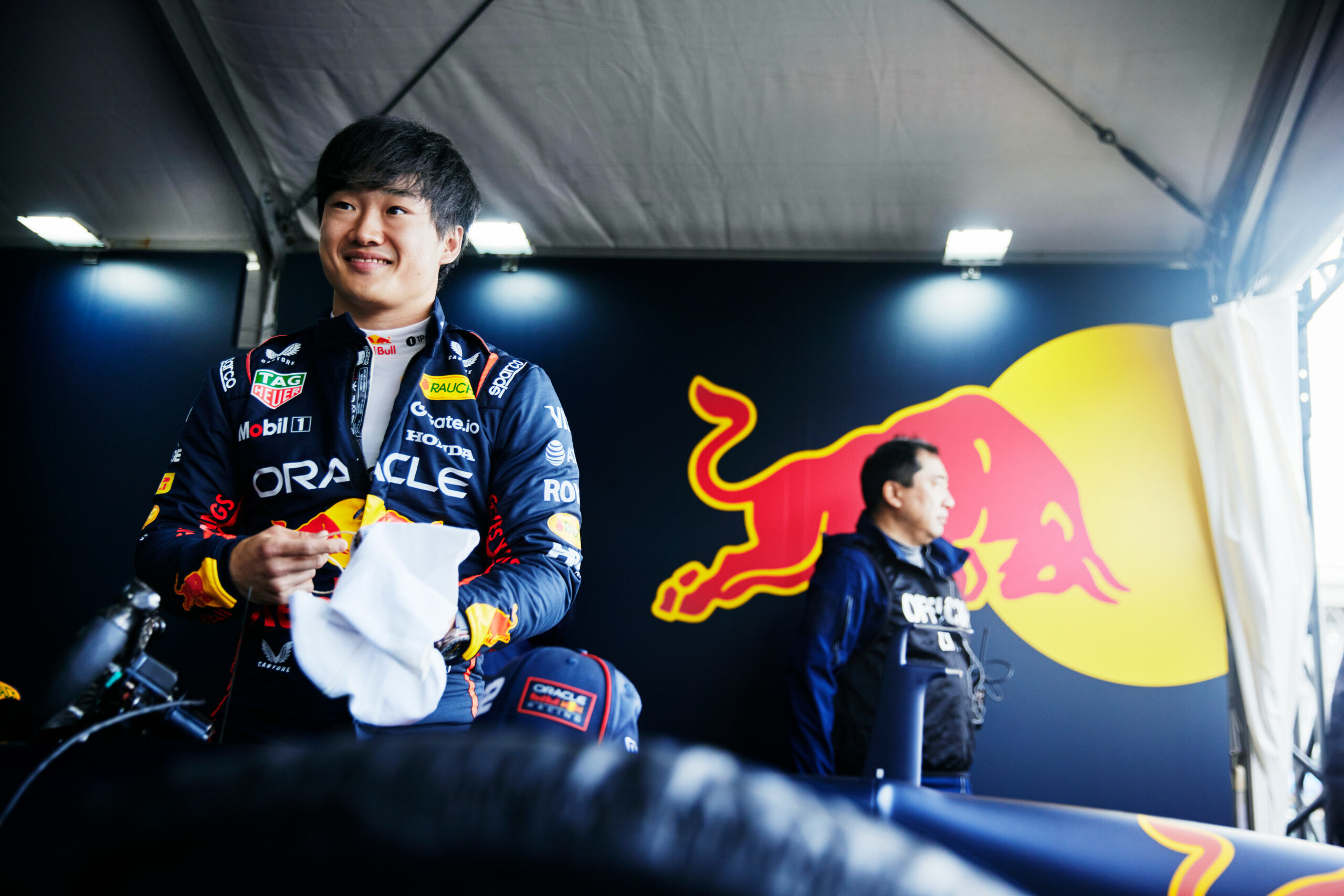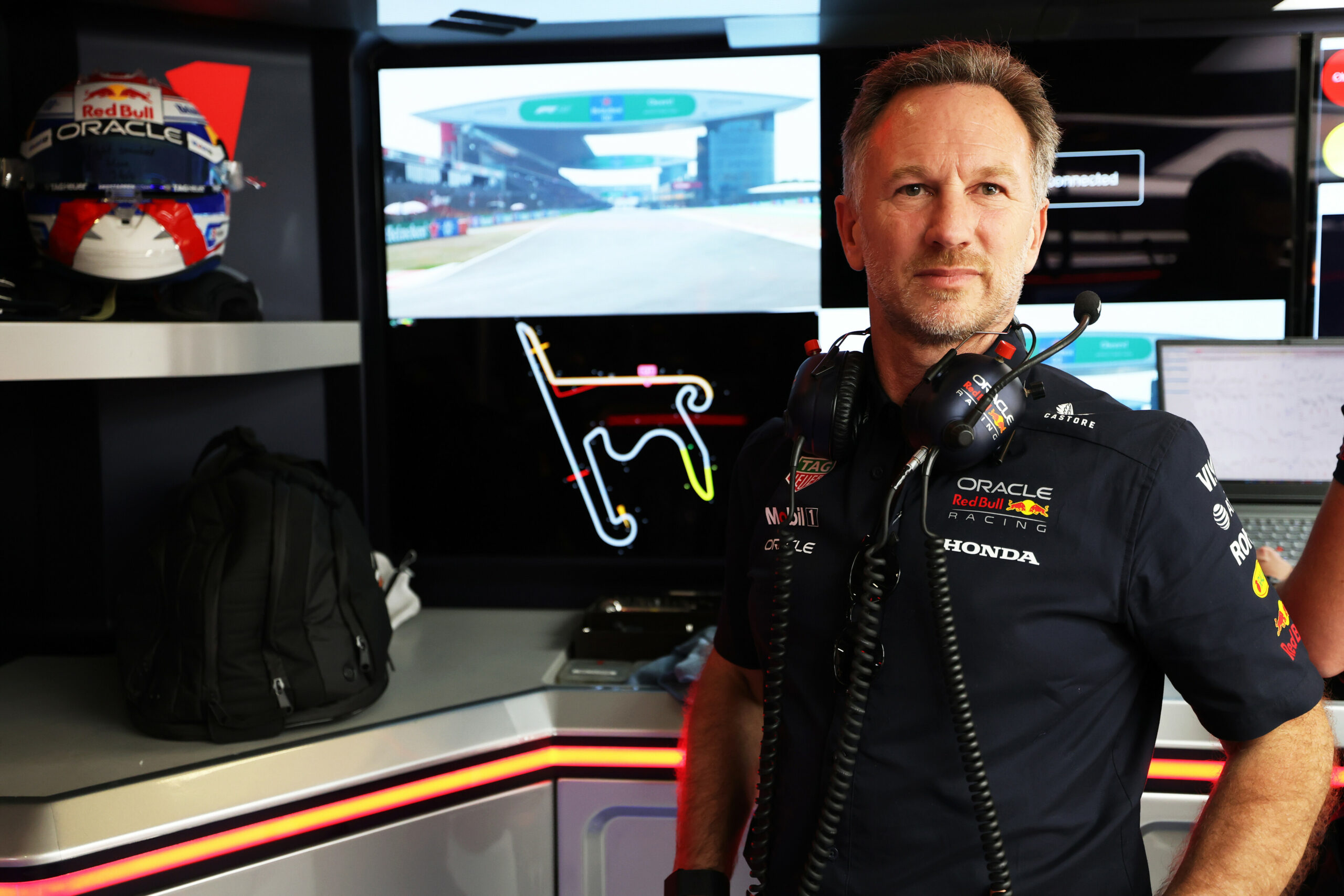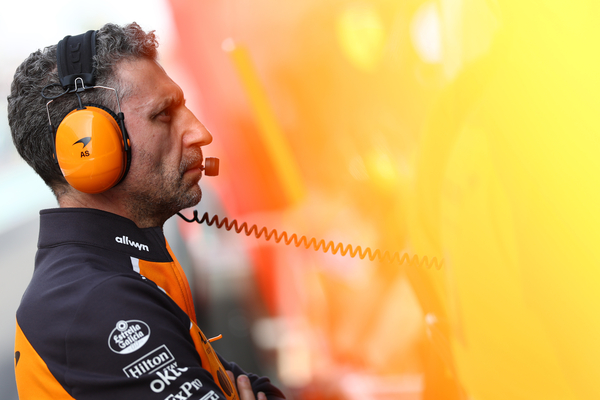
Photo Credit: Scuderia Ferrari Media
After a disappointing start to the season, Ferrari has been working on the set-up of the SF-23 in recent weeks to maximize performance. A work that paid off in Baku, given that Leclerc took the pole position of the Azerbaijan GP. But let’s analyze in detail where Ferrari made the difference.
The Azerbaijan GP weekend could not have started better for Ferrari. A weekend on which, after three weeks of rest and work in Maranello, the Italian team was aiming to be able to extract good performance from the SF-23 and get back on track after a difficult start to the championship.
A work that, data in hand, paid off given that the Reds managed, also thanks to a super performance by Charles Leclerc (perfect in the final push in Q3) to hit the first pole position of 2023 and to put the Red Bulls of Perez and Verstappen in the rear view mirror. A result, in fact, unimaginable in the first three races of the championship when the RB19 was clearly faster than a Ferrari in clear difficulty.
A result that allows the men in red to look to the future with greater confidence, aware of their ability to work on the machine. A pole position which, as mentioned, sanctions a “resurrection” of a slow single-seater in the first three races whose potential, however, the engineers almost never doubted.
But then, having nailed the first of the two qualifying sessions of the Azerbaijani weekend, let’s analyze where the Italian car was superior to the Red Bull RB19 and where, inevitably, it suffered instead.
From the analysis of the micro sectors, Red Bull’s dominance clearly emerges in the fast sections such as the start/finish straight, the long stretch between turns 1 and 2 and the braking zone for turn 3. An advantage, in all probability, that is the result of great efficiency (especially at DRS open) of Adrian Newey’s car which, in fact, recorded a top speed of 342 km/h.
Ferrari on the other hand, despite paying between 6 and 8 km/h of top speed (even if having a slipstream in Baku brings enormous advantages), but proves to be the absolute master of Sector 2, the mixed area of the track. In detail, the SF-23 took pole position by focusing on traction, with an advantage over Red Bull in the central area, out of turn 2, out of the castle area and out of the last corner. The only traction zone where Leclerc didn’t make a difference, at least in the last attempt, was out of turn 16 due to a slight power oversteer.
In addition to traction, it must be said that Ferrari also made the difference under braking, a situation where Leclerc managed (almost always) to brake later than the Red Bulls but still decelerating the car and dominating the second intermediate and braking into turn 16 .
A pole position, in a nutshell, that is the result of the great balance of the SF-23 under braking, as just said, and the excellent characteristics of the Maranello’s power unit which, both in terms of power, handling and traction, allowed Leclerc to exploit the good downforce of his car and not lose much time in the areas of high efficiency, like the long straights of Baku.





